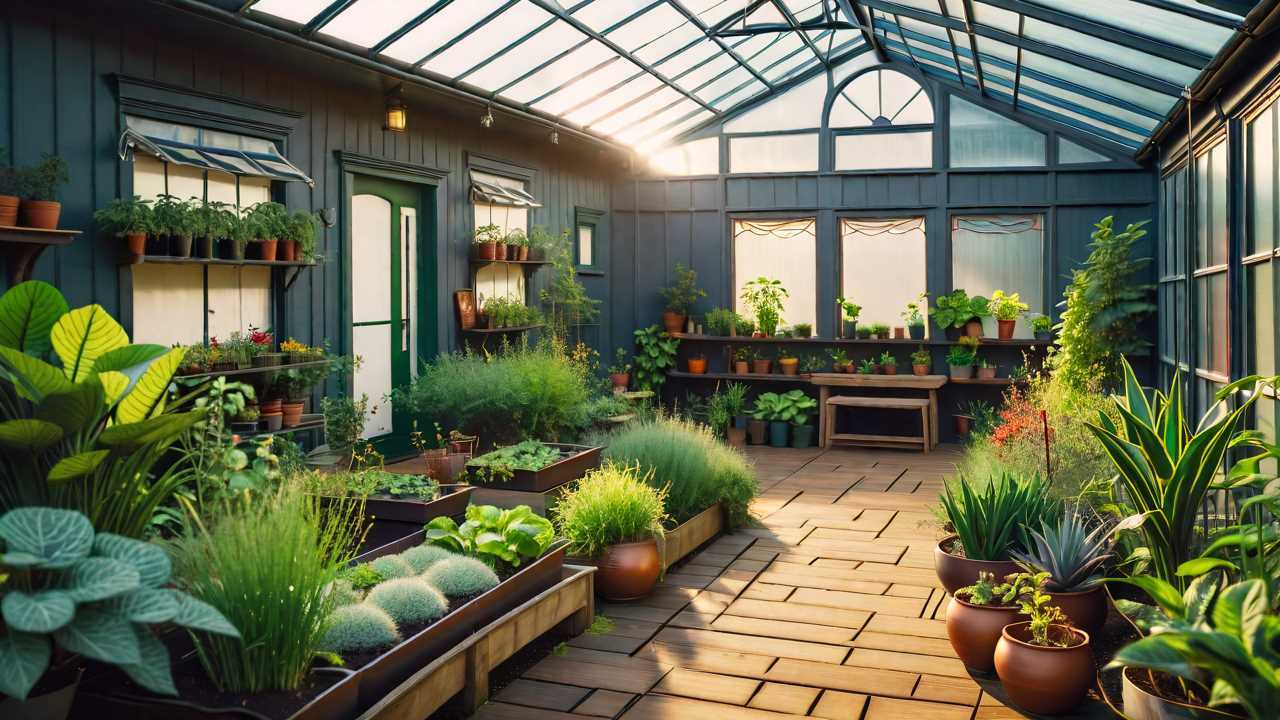
Imagine your garden as a harmonious ecosystem, where plants, animals, and elements work together seamlessly. Permaculture offers a blueprint for achieving just that. But how exactly can you bring this vision to life in your own backyard? By understanding the core principles of permaculture and following a systematic approach to designing your garden, you can create a thriving, sustainable oasis that not only yields abundant harvests but also contributes to the health of the planet. Ready to transform your garden into a permaculture paradise?
Understanding Permaculture Principles
To create a thriving permaculture garden, you must first grasp the fundamental principles that guide sustainable design and cultivation practices. Permaculture is all about working with nature, not against it. One key principle is observing and interacting with your garden. Take the time to understand the natural patterns, processes, and ecosystems at play in your space. By observing how sunlight moves across your garden, where water pools or drains, and which areas are windier or shadier, you can design a layout that maximizes efficiency and productivity.
Another important principle is to capture and store energy. This means harnessing resources such as sunlight, water, and organic matter to create a self-sustaining system. By incorporating elements like rainwater harvesting, solar panels, and composting systems, you can reduce your garden's reliance on external inputs.
Furthermore, diversity is key in permaculture. By planting a variety of crops, you can improve resilience and create a balanced ecosystem where each plant plays a valuable role. Embrace polycultures, companion planting, and beneficial insect habitats to promote a healthy and harmonious garden environment.
Assessing Your Garden Site
Evaluate the topography, sunlight exposure, and soil composition of your garden site to determine its unique characteristics and potential for permaculture design.
Start by observing how sunlight moves across your garden throughout the day. Note areas of full sun, partial shade, and full shade as these will influence the types of plants that can thrive in each location. Consider the slope of your land - areas facing south may receive more sunlight, while north-facing areas may be shadier.
Next, analyze the soil composition by conducting simple tests or sending samples to a lab for analysis. Understanding the pH, nutrient levels, and drainage properties of your soil will help you select plants that are well-suited to the existing conditions.
Additionally, assess water flow patterns during rain to identify areas that may be prone to erosion or waterlogging.
Implementing Design Strategies
With a solid understanding of your garden site's characteristics, the next step involves integrating practical design strategies to create a thriving permaculture garden.
One effective strategy is to implement companion planting, where mutually beneficial plants are grown together to improve growth and deter pests naturally. For example, planting marigolds alongside tomatoes can help boost growth and repel pests that commonly affect tomato plants.
Additionally, incorporating water harvesting techniques such as rain barrels or swales can help capture and store rainwater for irrigation purposes, reducing the need for supplemental watering. This not only conserves water but also fosters a self-sustaining ecosystem within your garden.
Another key design strategy is the use of mulch to suppress weeds, retain soil moisture, and improve soil health. Organic materials such as straw, leaves, or wood chips can be used as mulch to create a nutrient-rich environment for your plants to thrive.
Maintaining Your Permaculture Garden
Maintaining your permaculture garden flourishing demands consistent care and attention to guarantee the ecosystem remains balanced and productive. Regularly observe your garden to identify any pests or diseases early on.
Introduce beneficial insects like ladybugs or praying mantises to control pests naturally. Mulch your garden beds to retain moisture, suppress weeds, and add nutrients as it breaks down. Rotate your crops each season to prevent soil depletion and maintain biodiversity.
Water your garden deeply but infrequently to encourage deep root growth and drought resistance. Consider installing a rainwater harvesting system to reduce water usage. Regularly prune plants to promote healthy growth and improve airflow.
Compost kitchen scraps and garden waste to create nutrient-rich soil amendments. Conduct soil tests annually to adjust pH levels and nutrient balance as needed.
Frequently Asked Questions
Can I Incorporate Permaculture Principles in a Small Urban Space?
In your small urban space, adopt permaculture principles. Think creatively, utilizing every nook. Plant diverse crops, recycle water, compost kitchen scraps. Remember: 'A green thumb is a gold thumb.' Your garden can thrive sustainably!
Is Permaculture Gardening Suitable for All Climates?
In all climates, permaculture gardening welcomes. Embrace diversity, work with nature's flow. Design for your unique climate, thriving plants, and ecosystem balance. With creativity and care, you can cultivate sustainable abundance wherever you are.
How Can I Involve My Children in a Permaculture Garden?
To involve your children in a permaculture garden, create a designated area for them to plant, water, and observe nature. Encourage them to investigate, ask questions, and participate in tasks like composting and harvesting together.
What Are Some Common Challenges in Maintaining a Permaculture Garden?
Maintaining a permaculture garden can pose challenges like pest control, balancing plant diversity, and managing water efficiently. However, with proper planning and consistent care, you can address these obstacles and create a thriving ecosystem.
Can Permaculture Practices Help Attract Beneficial Wildlife to My Garden?
Permaculture practices such as planting a variety of native species, creating wildlife habitats, and using natural pest control methods can attract beneficial wildlife like birds, bees, and butterflies to your garden, enhancing biodiversity.
 SportsHollywoodLifestyleFashionHome & GardenTrendsPrivacy PolicyTerms And Conditions
SportsHollywoodLifestyleFashionHome & GardenTrendsPrivacy PolicyTerms And Conditions
